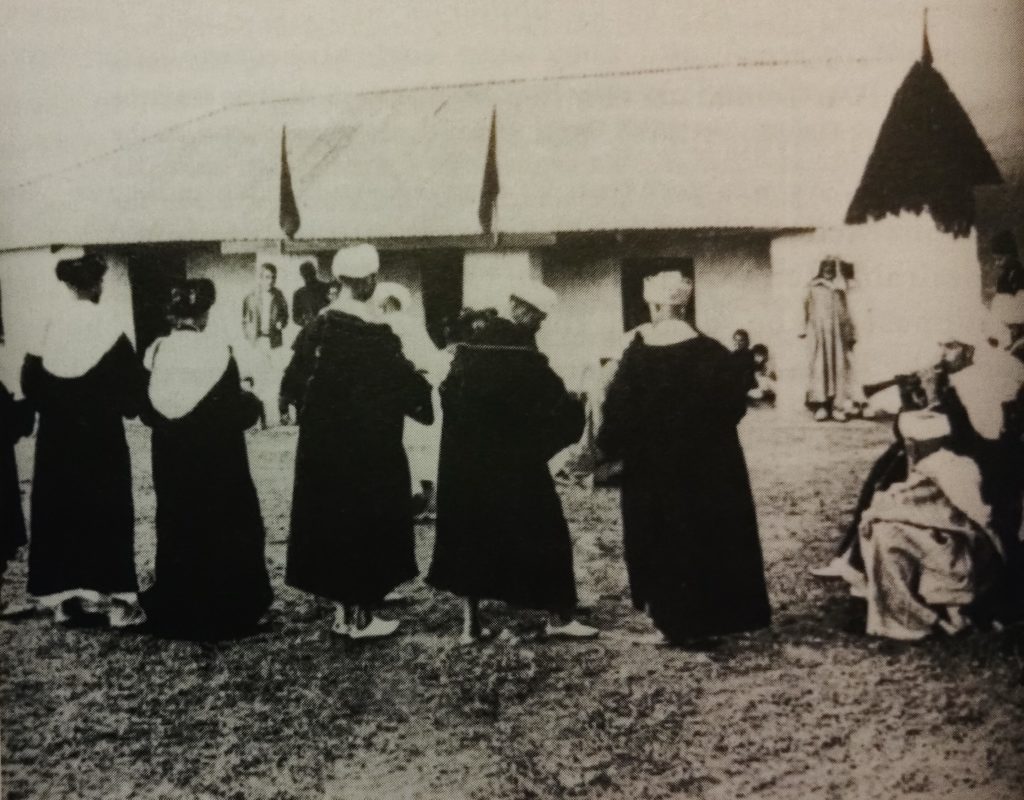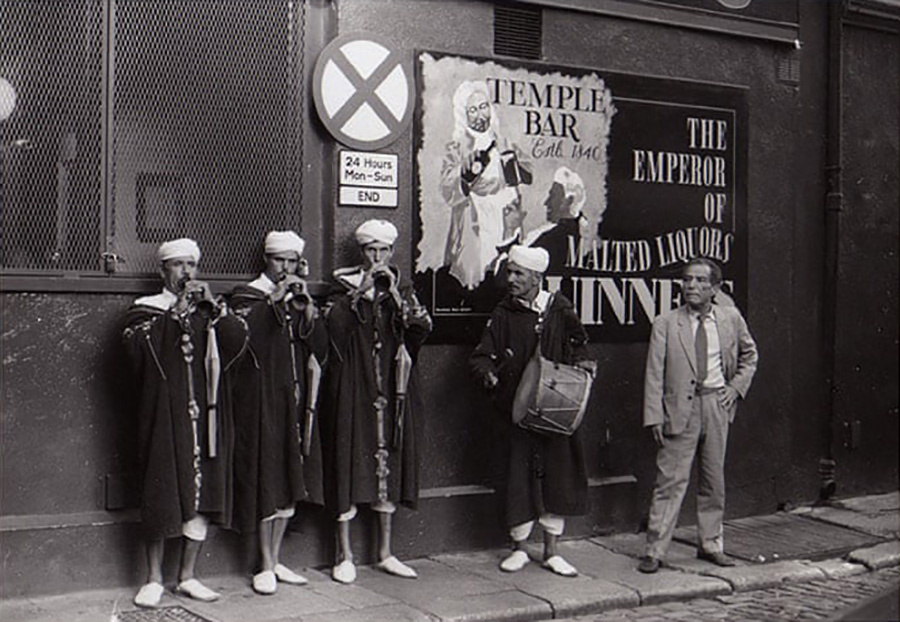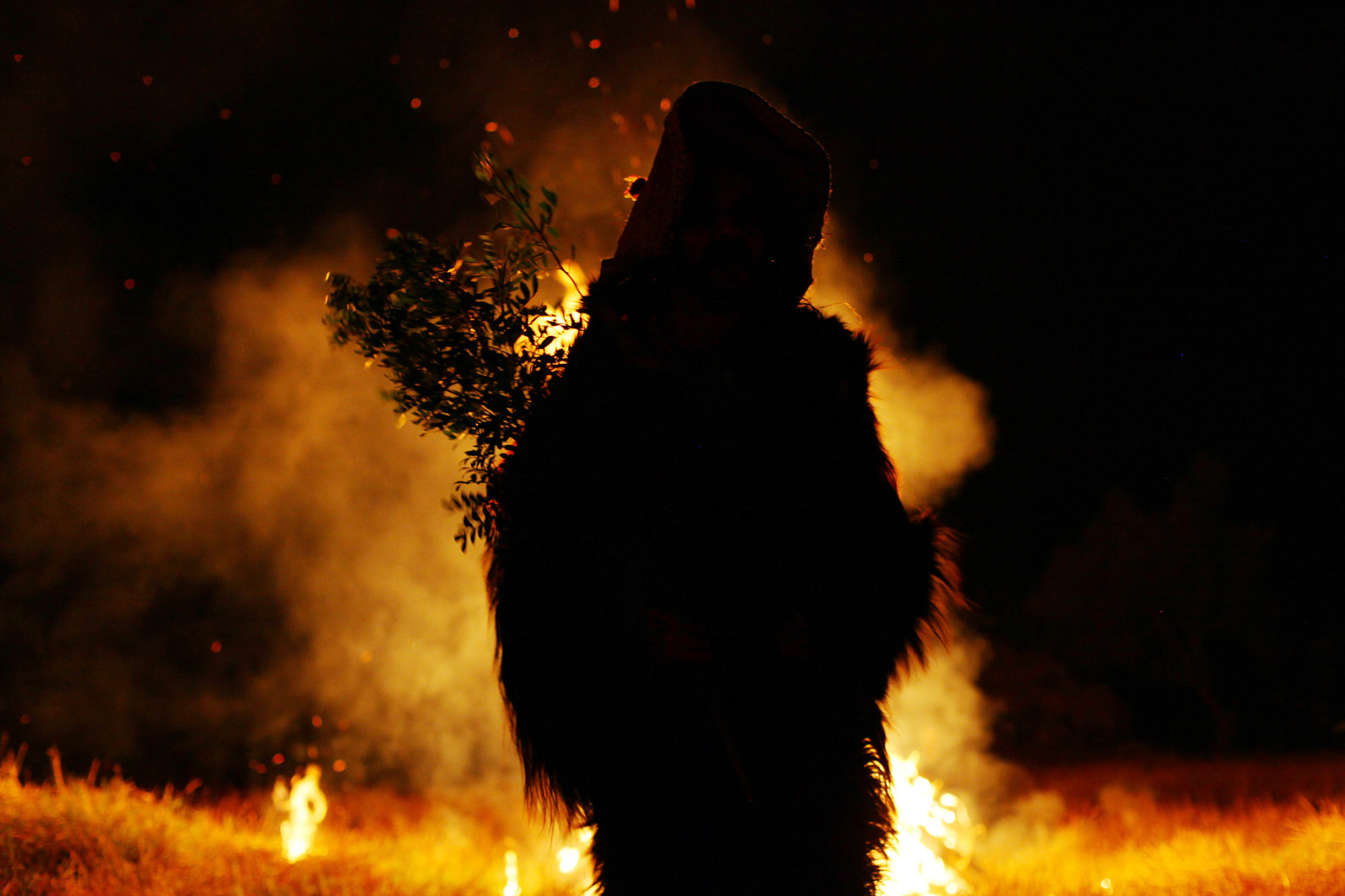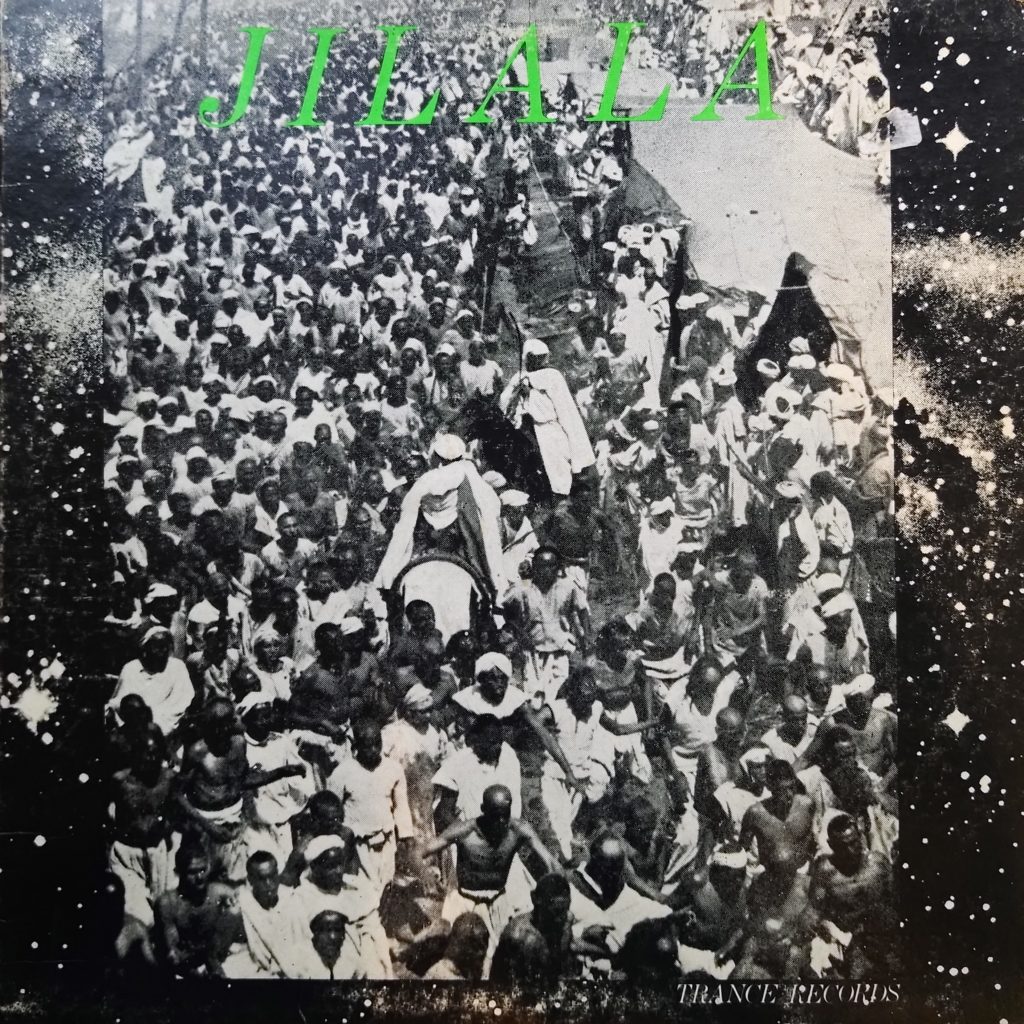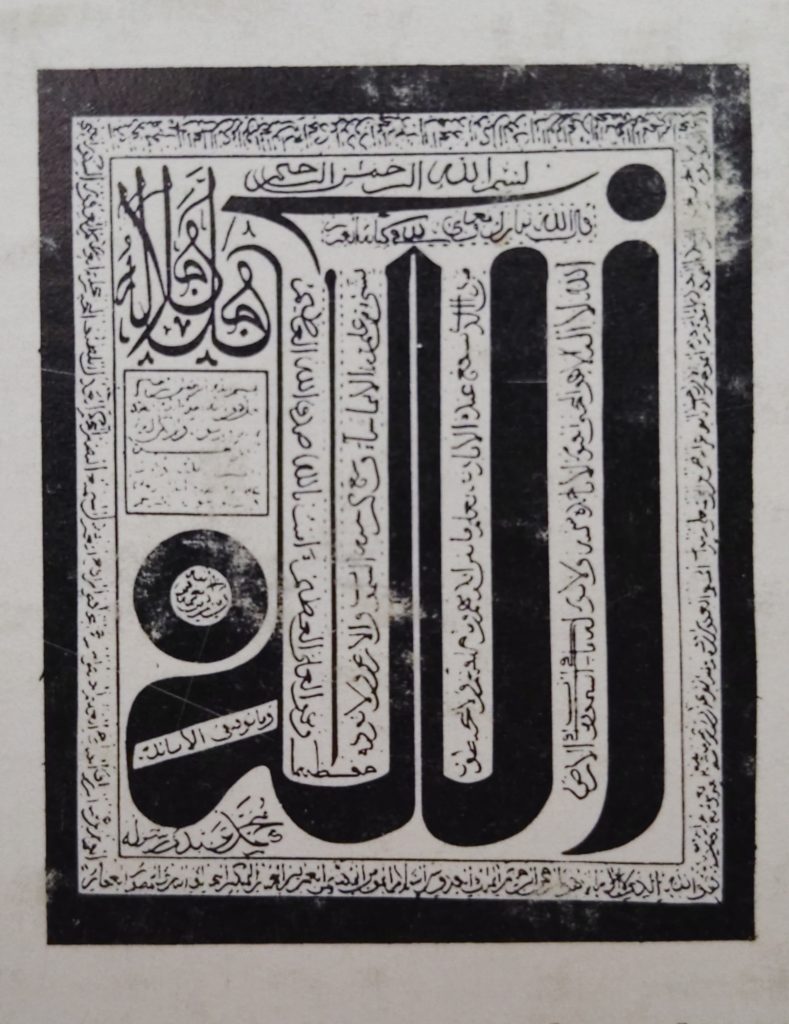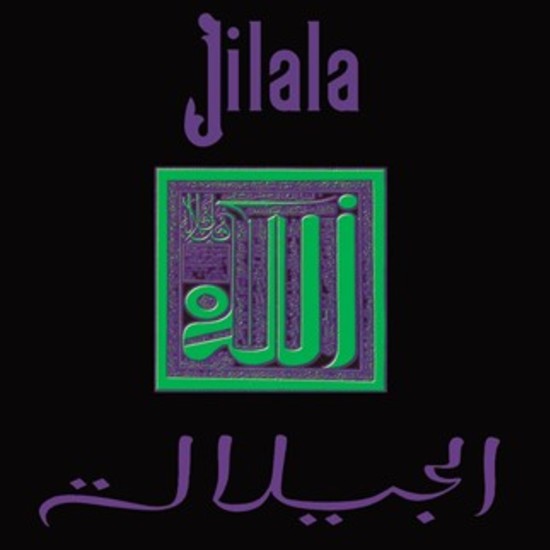
Jilala album originally released in 1966 to be reissued by Rogue Frequency Recordings.
Recordings of Moroccan Sufi trance musicians in Tangier by Brion Gysin are to be reissued in a limited pressing of 300 LP copies by Rogue Frequency Recordings.
The Jilala album will be released by Rogue Frequency Recordings in a limited edition of 300 LPs on 26th February 2021.
Brion Gysin collaborated with Paul Bowles to record the Jilala Brotherhood in 1964 – with the tracks later released on an LP in 1966 on Trance Records – the imprint of Ira Cohen, who also contributed liner notes to the release.
Cohen wrote: “The Jilala is an order of dervish musicians known for their practice of trance dancing and spiritual healing. They are called upon to exorcise evil spirits and to purify the heart. The Jilala are particularly useful in curing cases of epilepsy and hysteria, controlling the spirits or demons in possession of the subject through their music and the ritualized gestures of the dance. But mainly the dances are dances of exaltation.”
According to Cohen’s notes Side 1 and the last track on Side 2 were recorded by Brion Gysin on a portable Martel. The other selections were recorded by Paul Bowles on the Uher.
Statement from Rogue Frequency Recordings ahead of the release:
Until Now, Jilala has been a much sought-after phantom in relation to their better-known musical and spiritual contemporaries, The Master Musicians of Jajouka / Jououka. Culled from three and a half hours of 1965 recordings by writers/artists/poets Brion Gysin and Paul Bowles, the first batch of Jilala recordings were released on a 1965 LP that was scarce even upon its initial release. The second batch of Recordings, which this LP has drawn from, came in the form of a CD by Baraka Foundation in 1998, which is also now long out of print.
The Jilala brotherhood – like the better known Jajouka / Joujouka culture – has pre-Islamic roots in Sufi mysticism that span across northern Africa from Morocco to India. Jilala shares the kinds of small, portable instruments historically favored by nomadic cultures. Even among more ardent afficionados of “world music” these recordings have seldom been heard.
In the original liner notes Ira Cohen provides a breakdown of the Jilala ensemble: “The instruments used are the shebaba, a long transversal cane flute, which leads the way; the bendir, a handheld drum resembling a tambourine without cymbals; and the karkabat which is a double castanet made of metal. On this record there are usually three flutes, six drums and one pair of castanets.” In conjunction with the qraqaba — an iron analog to the wooden castanets featured heavily in the Flamenco music of the Roma people that also flourished over the centuries mere miles to the north in southern Spain.
These bendir drums provide a range very similar to that covered in contemporary popular music by the bass drum, snare, and cymbals that make up standard drum kit. The Trance-inducing grooves were major influences on such bands as Led Zeppelin, Agitation Free, Can and the Rolling Stones. The collective rhythms are often reminiscent of early hip-hop.
Brion Gysin listened to many forms of traditional music during his time Morocco, including the Master Musicians of Joujouka, of which he said: “I just want to hear that music for the rest of my life”.
While living in Tangier in the 1950s, Gysin opened the 1001 Nights restaurant in a wing of the Menebhi Palace in Tangier where a group of visiting Master Musicians of Joujouka played every night.
In 1968 he accompanied Brian Jones, lead guitarist and founding member of The Rolling Stones, to the village for recordings that resulted in the LP, Brian Jones Presents The Pipes Of Pan At Joujouka, released in 1971 on Rolling Stones Records. Gysin contributed liner notes to the LP.
Mohamed Targuisti was also involved in that visit and is credited with thanks on the original Jilala LP.
Ira Cohen continued his association with Moroccan Sufi trance when he participated with the Master Musicians of Joujouka at the Here To Go Show in 1992 – an exhibition celebrating the work of William S. Burroughs and Brion Gysin organised by Master Musicians of Joujouka manager Frank Rynne in Dublin – where he displayed his Mylar images and other work.
